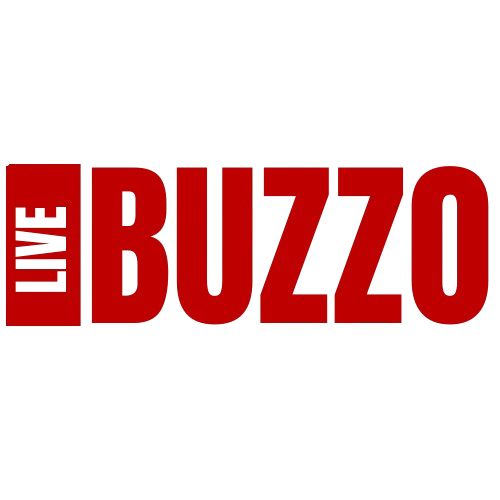In an era marked by rapid technological advancements and an incessant flow of information, distinguishing fact from fiction has become a paramount challenge. As a seasoned political strategist turned journalist, I’ve seen firsthand how misinformation can warp public perception and disrupt the very fabric of society. This article aims to dissect the phenomenon of misinformation in the digital age, championing the return to traditional values of truth and accountability.
The Digital Landscape: A Double-Edged Sword
The rise of social media and digital platforms has democratized information dissemination, allowing voices from all corners of society to be heard. However, this increased accessibility also opens the floodgates for misinformation. As traditional values emphasize accountability and accuracy, it is imperative for society to cultivate critical thinking skills to navigate this complex landscape.
The Dangers of Misinformation
Misinformation can range from benign errors to malicious disinformation campaigns aimed at sowing discord. Political rifts widen, social cohesion frays, and the principles of free-market economics we hold dear are threatened when distorted narratives dominate public discourse. It is crucial for individuals to remain vigilant, relying on reputable sources and fostering healthy skepticism toward sensational headlines.
Identifying Misinformation: Tools and Strategies
1. Verify Sources
Emphasizing personal responsibility, I urge readers to scrutinize the origins of information. Reliable news outlets adhere to journalistic standards and ethics. Prioritize sources that provide clear citations, transparent methodologies, and adhere to fact-checking protocols.
2. Cross-Reference Information
In the spirit of traditional values, such as diligence and integrity, it is prudent to cross-verify information. Consult multiple news outlets and trusted fact-checking websites to build a comprehensive understanding of the topic at hand.
3. Recognize Emotional Manipulation
Misinformation often leverages sensationalism to provoke emotional responses. As conservatives, we value logical reasoning; therefore, assessing the emotional tone of a piece can help discern its reliability. Maintain a level-headed approach by focusing on facts rather than feelings.
The Role of Education
The fight against misinformation must start in our educational institutions. Teaching critical thinking skills, media literacy, and the importance of civic responsibility will empower future generations to interrogate sources rather than passively consume information. By instilling these values, we can foster resilience against misinformation, preserving the foundational principles of our democratic society.
Conclusion: Reclaiming Truth in a Confusing Age
Fact vs. fiction in the digital age is not merely a battle for accuracy; it’s a safeguard for our shared values and social stability. By advocating for accountability, verifying sources, and promoting education, we can successfully navigate the maze of misinformation. As we champion the ideals of personal responsibility, let us strive to reclaim truth, ensuring a well-informed society capable of wise decision-making.
Call to Action: Engage with your community by discussing the importance of media literacy and encouraging critical thinking. Together, we can forge a path toward a truthful and informed society, grounded in the traditional values we hold dear.
This article utilizes SEO best practices with key phrases such as "misinformation," "digital age," and "fact-checking," enhancing its visibility for readers seeking to understand the crucial distinction between fact and fiction in today’s world.


